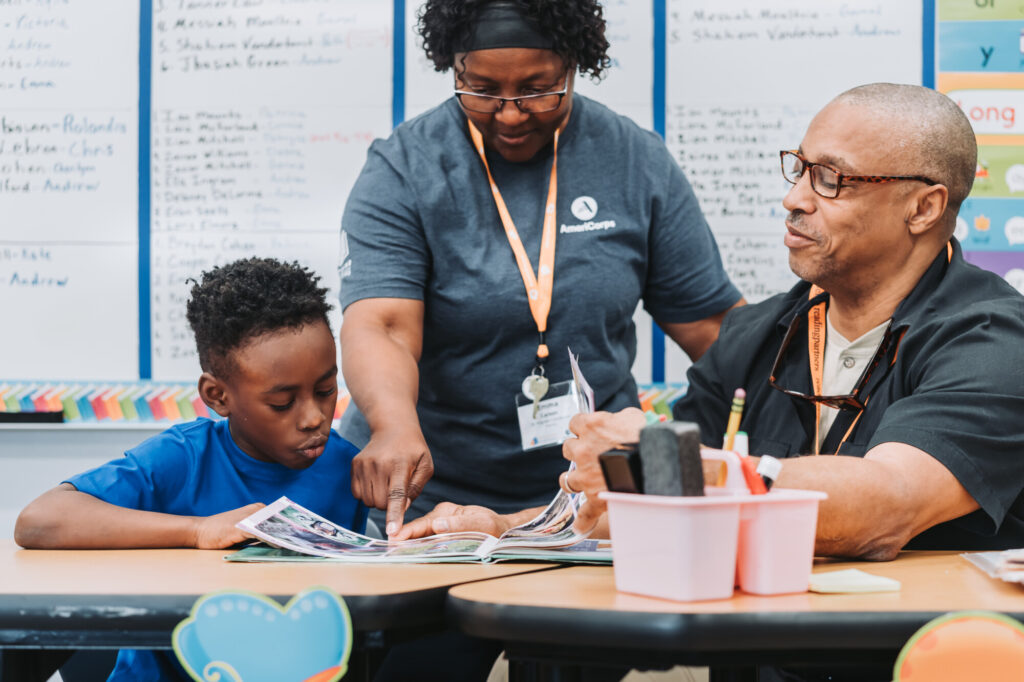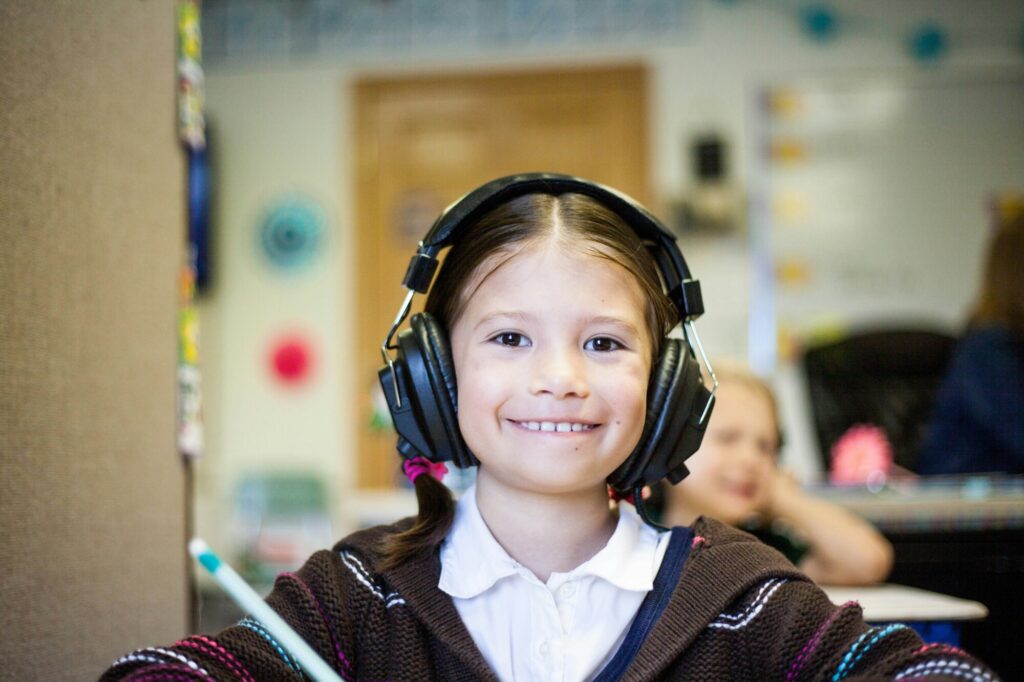Look at this squiggle: S. To a non-English reader, a child who can’t quite read yet, or to an alien, the squiggle of the letter S is just that: a curvy little line with no meaning whatsoever. But what happens in the brain of an English reader when their eyes fall on that squiggle? And what happens when that squiggle is next to several other squiggles, forming a word? And then what happens when that combination of squiggles joins a bunch of other groups of squiggles, a long collection of words, or a sentence? This is what happens in your brain when you read.
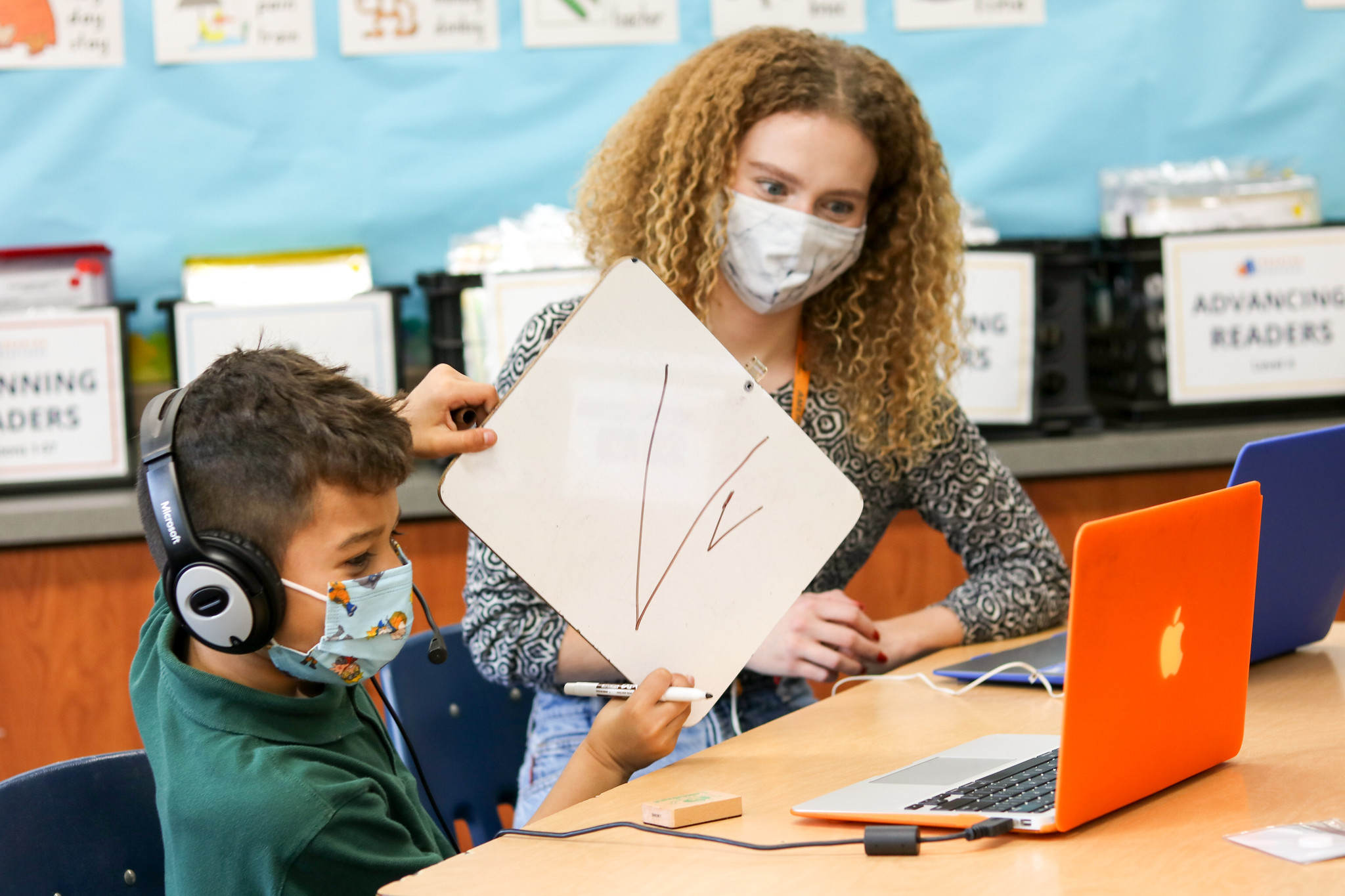
What happens in your brain when you read a single letter
When you read that “S” in the first paragraph, certain areas of your brain lit up with activity. First, your eyes had to locate the letter within the line of text by using tiny, precise muscles controlled by your brain’s magnocellular tracking visual system. This system translates the basics of sight into things your brain understands. For example, it detects high light/dark contrast and the orientation and position of objects in space, which is the perfect combination of ingredients of a letter on a page. Once your eyes are fixated on the letter, your left frontal cortex comes into play.
With your magnocellular tracking visual system working on translating the visual information from the letter into its representative sound, your left frontal cortex is activating its morphological recognition to help you understand what the letter means. With the grapheme (the visual representation of the letter) translated into a phoneme (its representative sound), your brain is ready to move on to decoding the rest of the word.
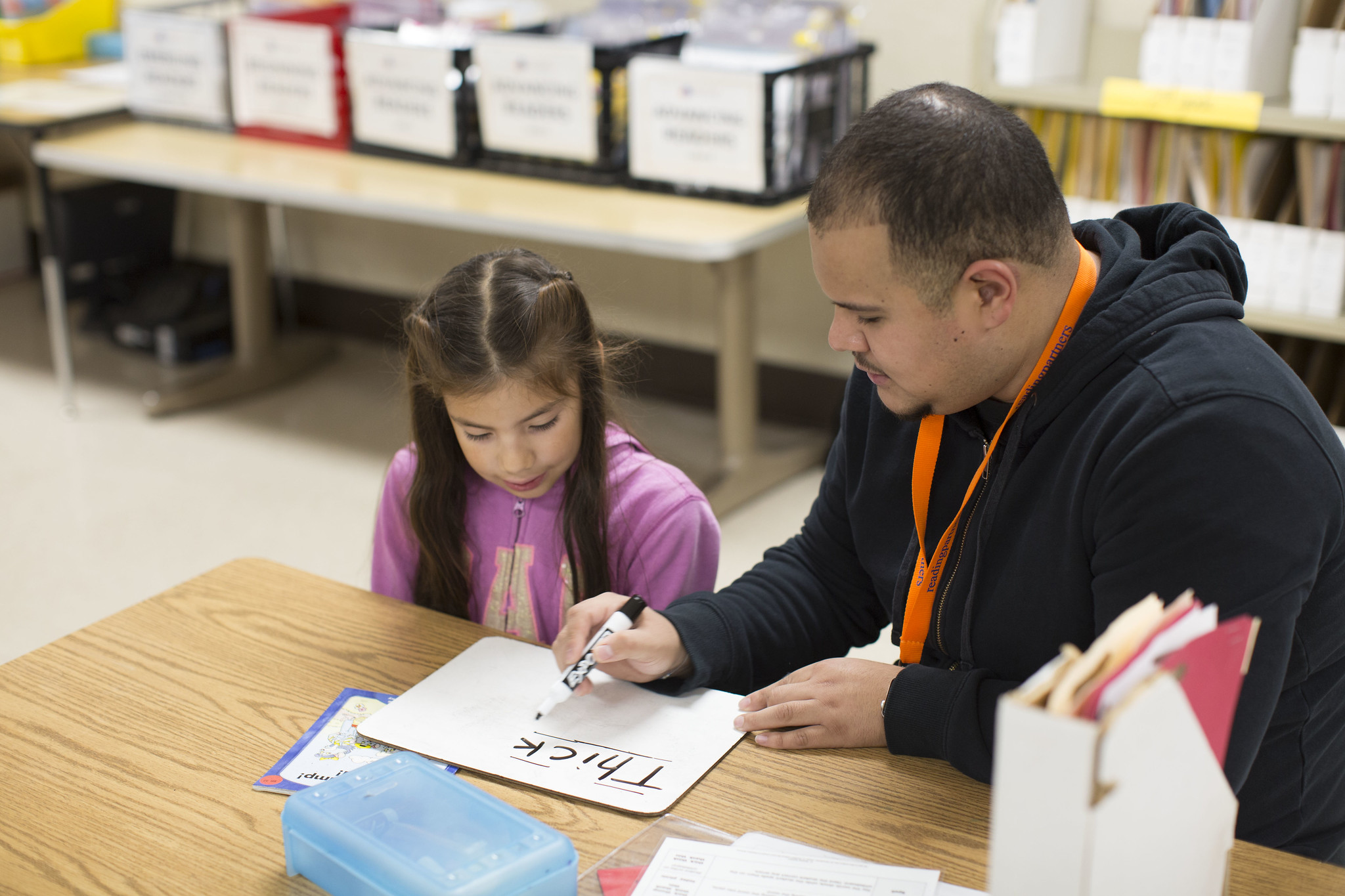
What happens in your brain when you read a word
Your brain is done recognizing the letters and pairing them with their corresponding sounds. Now, it’s ready to identify and ascribe meaning to the word through syntactic processing. This is a form of pattern recognition, essentially the brain searching in its database for where it’s seen these symbols before and what they mean. Right now, the word is in the anterior temporal lobe, which holds our knowledge of objects, people, words, and facts, and the left frontal lobe, which is primarily responsible for verbal cognition. Then, your brain activity takes a turn (specifically, a lower left turn) into syntactic and thematic processing.
If the word you’re reading doesn’t make sense in the context of words around it, it lights up the inferior frontal cortex. But, if it’s logical, it may bypass that cortex completely. Alternatively, if you’re reading text related to people, the brain activates other parts of its temporal region. According to Iris Reading, this helps you “access broader meaning since reading is related to memory.”
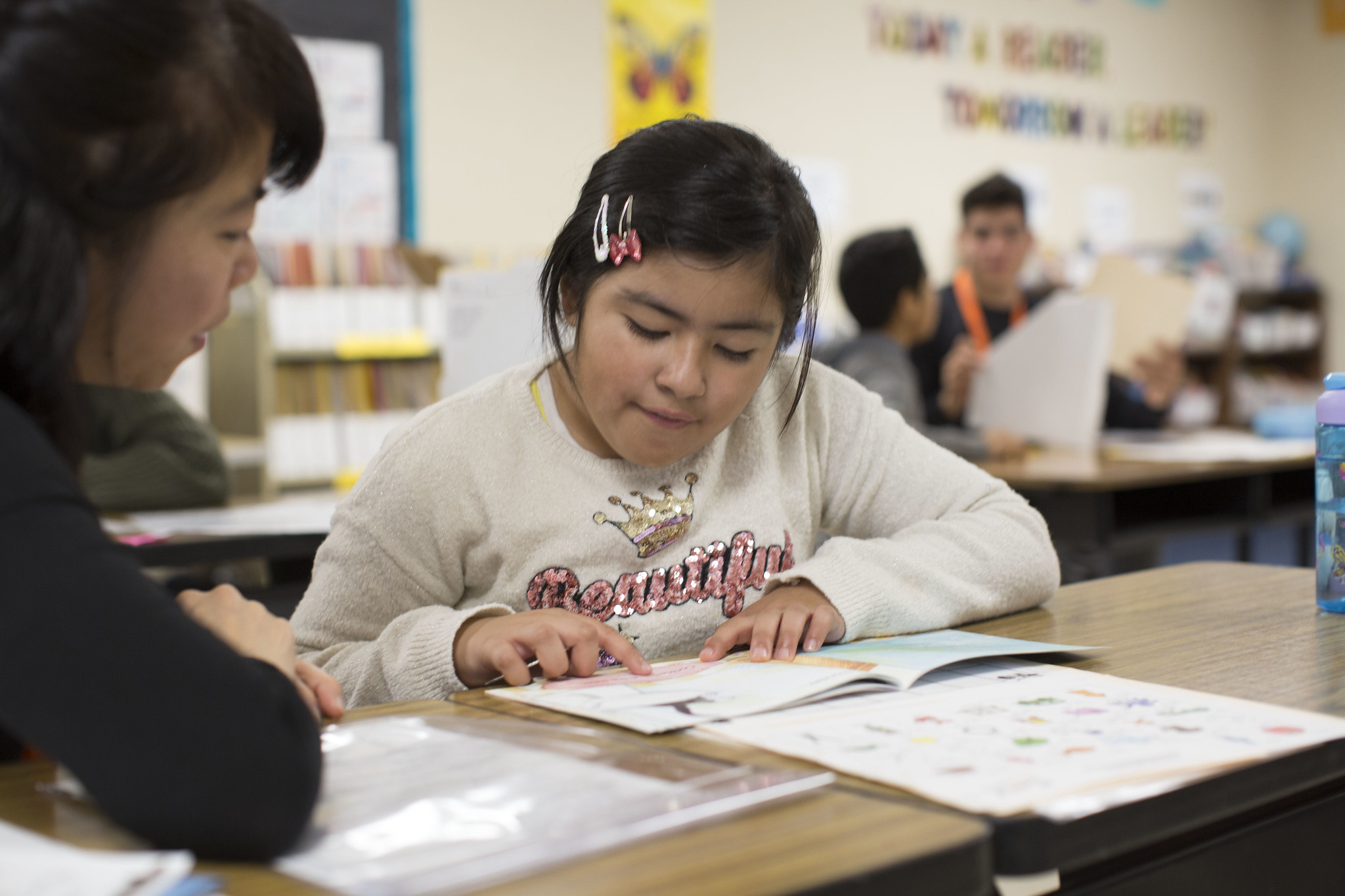
What happens in your brain when you read a sentence
With all these different parts of the brain working almost simultaneously to identify letters, sounds, context, and meaning, one more piece comes into play when you read a sentence.
While Wernicke’s area in your brain is working to understand the meaning of the words, and your angular gyra is linking the visual, auditory, syntactic, and sematic information together, your prefrontal lobe is kicking in to activate your working memory. This part is essential. It allows you to remember what happened at the beginning of the sentence by the time you reach the end. Not only is the brain identifying the important context and meaning of each word, but it’s also holding onto the information you read several words ago so the entire sentence makes sense. Once you reach the punctuation mark and move on to the next sentence, the whole process starts all over again.
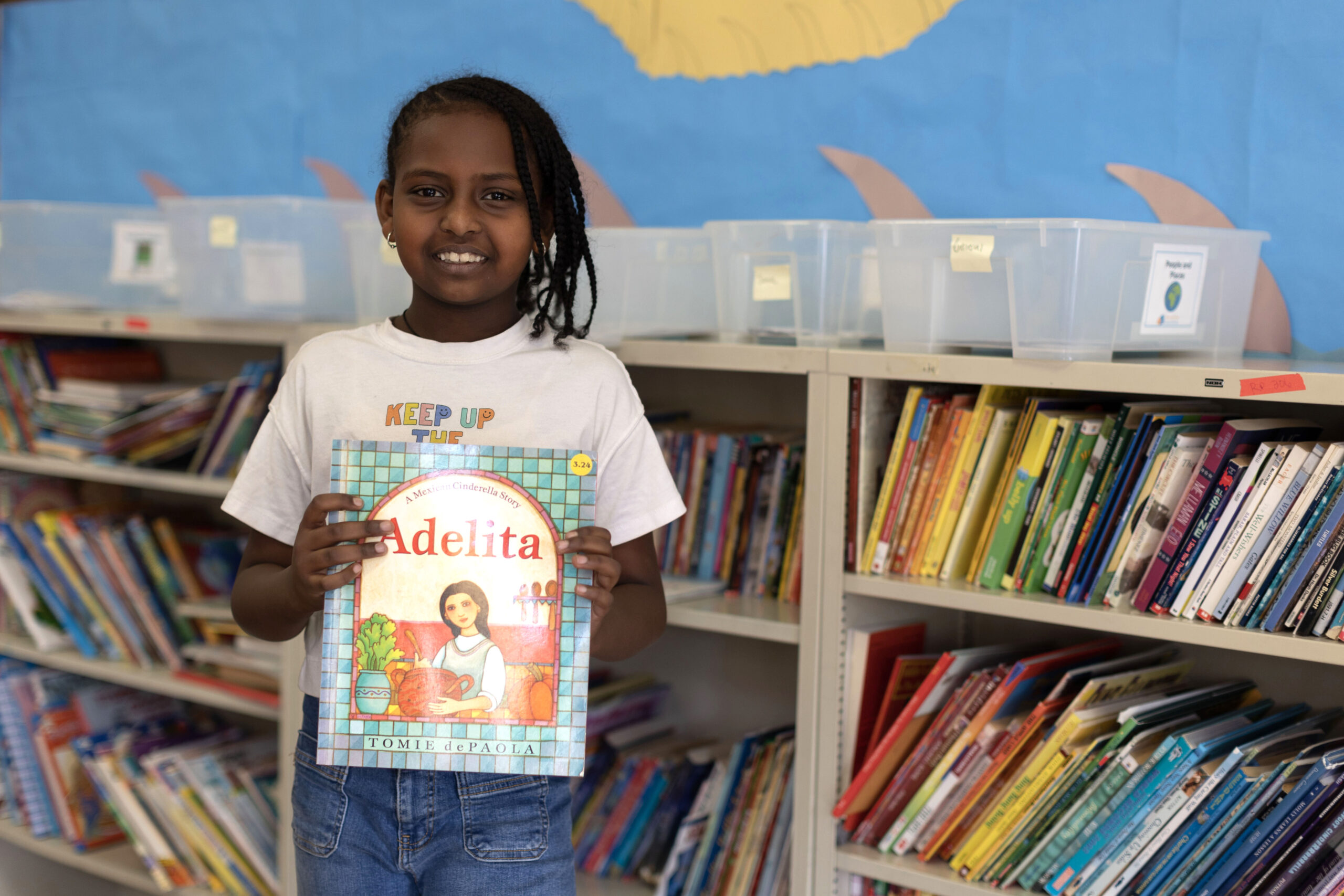
How reading rewires your brain
Neuroscientists have been studying the way the brain learns to read for years. But most can agree, at the very least, that reading literally changes the way we think.
When you learn to read, you develop “a specialized area in your left ventral occipital temporal region.” The process also “shifted facial recognition into your right hemisphere, reduced [your] inclination toward holistic visual processing, increased your verbal memory, and thickened your corpus callosum, which is the information highway that connects the left and right hemispheres of your brain,” according to This View of Life.
Basically, through the process of learning to read, your brain rewires itself. And all of these fancy, neurological changes translate to you being more empathetic.
The mirroring effect
Researchers have found that when we read fiction, specifically, our brain feels what the characters feel. According to LITHUB, “the brain actively simulates the consciousness of another person, including those whom we would never otherwise even imagine knowing.”
Not only does this mirroring effect happen with feelings, but it also translates to specific actions. “In fact, when we’re deeply engaged with a story our brains mirror the actions and feelings of the characters. So if someone in the novel you can’t put down is swimming, the sections of your brain that would light up if you yourself were paddling across a pool also activate” (INC). When Katniss was sprinting through the arena in The Hunger Games, your brain behaved as if you too were running for your life.
Mirroring also happens with texture: “Neuroscientists from Emory University and from York University have shown how networks in the areas responsible for touch, called the somatosensory cortex, are activated when we read metaphors about texture…” (LITHUB). When you read, “the water was glass, and when I touched it, it felt like dipping my hand into a silk scarf,” your brain supplies you with that feeling by activating that specific cortex.
We don’t just understand a book–on a neurological level, we live it.
Reading is the foundation of all learning
At its most basic level, it’s clear that reading is important. When children learn how to read, they can apply that skill to other areas of study and learn more effectively. You need strong literacy skills to solve word problems in math class, understand how the water cycle works in science, and explore influential world leaders in history.
But reading is more than important, it’s essential because of the brain rewiring that occurs. Reading makes us more empathetic. It not only exposes us to new perspectives but also changes the way we think about different and complex ideas. And with empathy comes understanding, openness, and a curiosity about the world that we so desperately need.
So, in the spirit of making the world a better place, we have just one recommendation: read!



